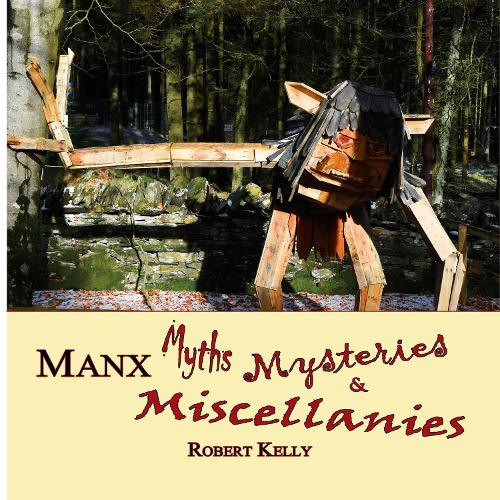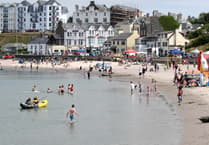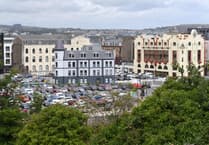The former editor of the Isle of Man Examiner had a huge number of stories to tell.
But Robert Kelly’s tales were not only the ones he printed in the newspapers.
He researched and wrote about all manner of things from the island’s history.
Published posthumously, Manx Myths, Mysteries and Miscellanies tells interesting, unusual and often weird accounts of Manx life.
He details first cars on Manx roads, the story of the Buggane and the strange links between what we now know as Harare and Zimbabwe and a Peel man by the name of Edward Walter Kermode, who was also an associate of Buffalo Bill.
We also learn how important the herring industry was to the building of the railway lines in the island and how and why jam was added to kippers.
I had no idea about the flax industry or its contribution to cotton sedge or cotton grass, through which I sometimes walk near Cronk ny Aarey Laa.
The industry even provided paper for newspapers at one stage.
The clock industry in Ramsey - specifically Vitascope electric clocks - is news to me too.
There were models of ships in them and they are much sought-after.
Kelly’s interest in the supernatural is mentioned a few times. He tells us about the apparent ghosts in the old Isle of Man Times office on Athol Street, Douglas.
Even he felt the presence as a reporter in the building late at night.
The fairies or li’l people feature too.
The last is supposed to have died in 1850.
Until the late 19th century, people believed in them.
Indeed, later than that Mona Douglas, the great chronicler of Manx culture, said she’d seen them.
There are three chapters about the Three Legs and what we now take for granted as the Manx flag.
At one time the Three Legs’ apparent association with the Swastika, when it was adopted by the Nazis, was perhaps unfortunate.
The Steam Packet risked the wrath of Westminster by adding the symbol to the Red Ensign.
The Union Flag flew all over the island at one time.
It’s rare to see it now.
Throughout the 20th century, debate raged about which flag was more appropriate and in what circumstance.
The fact that a Union Flag was burned in the island in a protest shows how much sway it has with many people.
It gained the island some notoriety and bad press.
Kelly also writes about the Manx dialect, place names and nicknames.
The book, published by Loaghtan Books, is, as it says, a miscellany.
No single thread runs through it.
It is an accumulation of lots of research and observations.
Kelly has trawled the Manx newspaper archives as part of his work and turned up many things that are not common knowledge.
For anyone interested in the many quirks of Manx life, as well as many little nuggets of knowledge, this is a fascinating read.

.png?width=209&height=140&crop=209:145,smart&quality=75)


